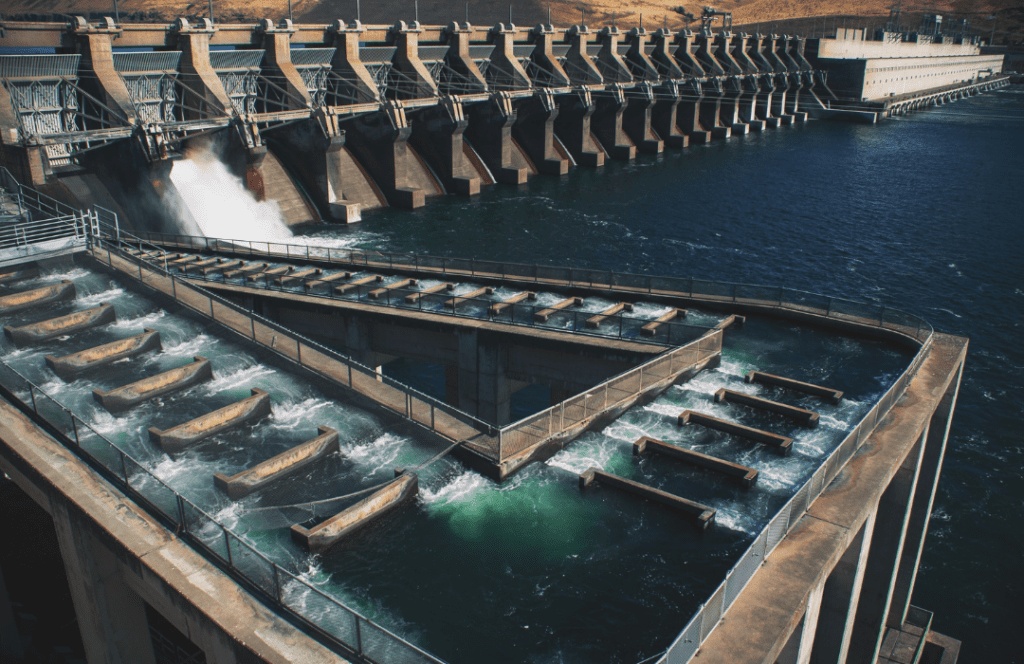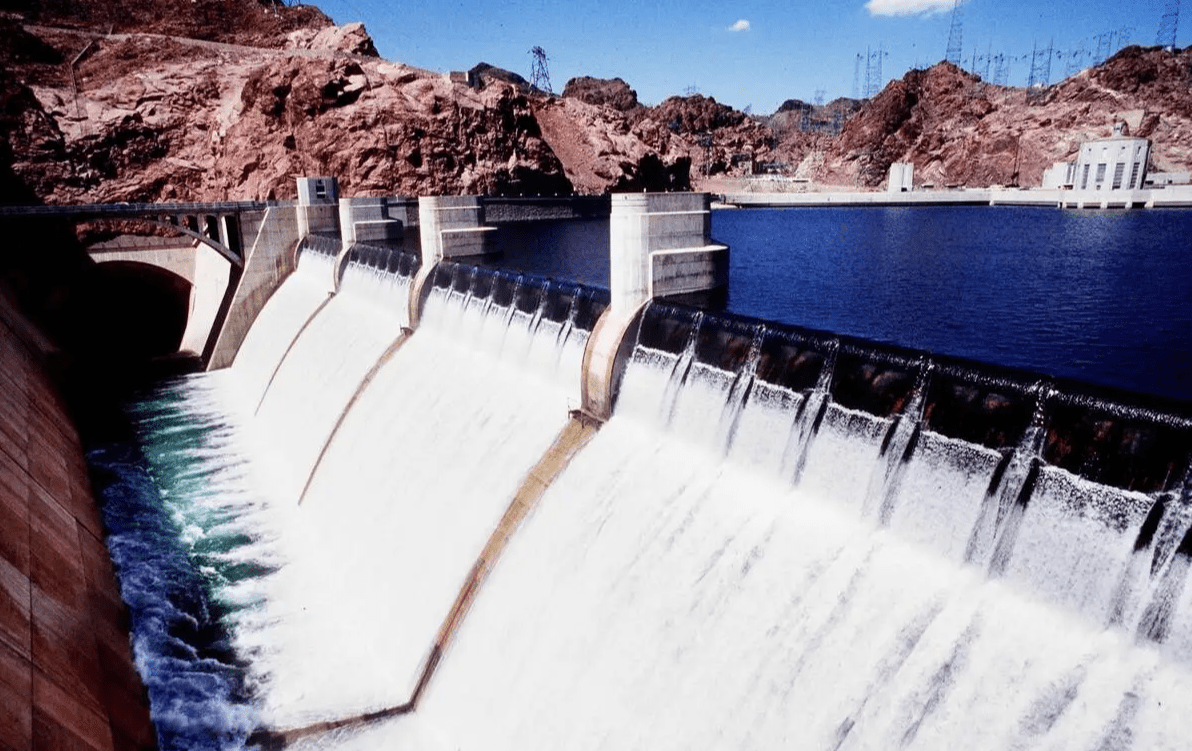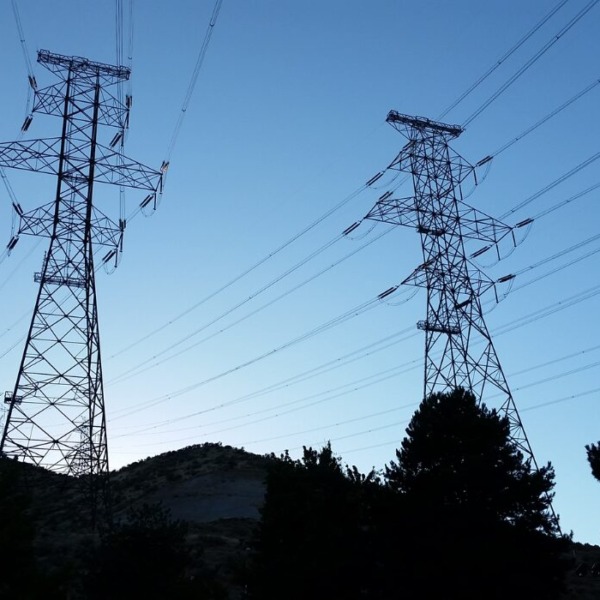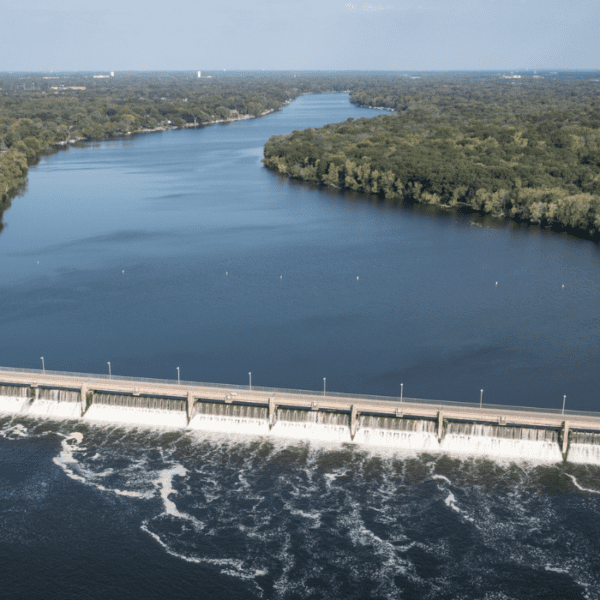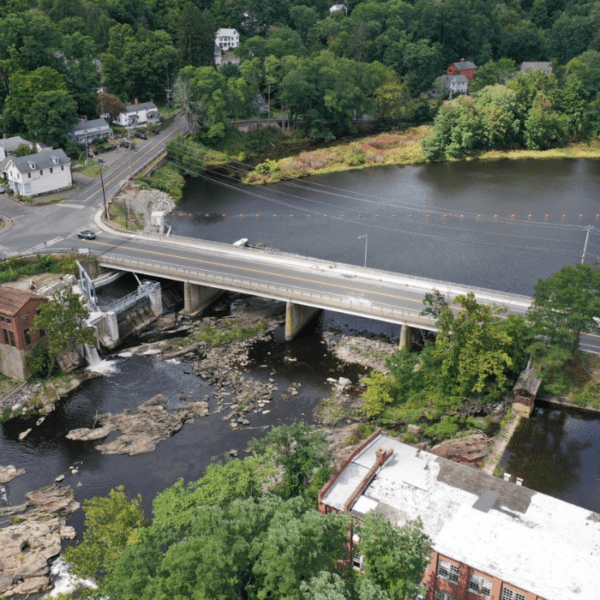Editor’s Note: This article was updated to reflect the Department of Energy’s Grid Deployment Office’s (GDO) modifications to the application guidance for the Maintaining and Enhancing Hydroelectricity Incentives (247) program. Notably, the GDO has clarified the timeline for the start and completion of projects. Click here to see the most recent updates (updated text is bolded).
Section 247 of the law (added in 2021 via an amendment to the Energy Policy Act of 2005) was created to maintain and enhance existing hydroelectric facilities to ensure asset owners can continue to provide clean electricity, while: providing grid resiliency (such as integrating non-dispatchable energy resources such as wind and solar), improving dam safety, and/or reducing environmental impacts.
Owners and operators of hydropower facilities can potentially receive incentive payments for improvements in the following areas:
1) Grid Resilience – improvements to:
- Adapt more quickly to changing grid conditions;
- Provide ancillary services, including black-start capabilities, voltage support, and spinning reserves;
- Help integrate variable sources of electricity generation; or
- Manage accumulated reservoir sediments.
Owners of qualified pumped storage hydropower facilities are also eligible to apply under Section 247. Qualified hydroelectric facilities that make capital improvements related to the addition of energy storage such as reservoir capacity, pumped storage hydropower, and batteries may be eligible to receive an incentive payment.
2) Dam Safety — improvements to:
- Maintain or upgrade spillways or other appurtenant structures;
- Make dam stability improvements, including erosion repair and enhanced seepage controls; or
- Upgrade or replace floodgates or natural infrastructure restoration or protection to improve flood risk reduction.
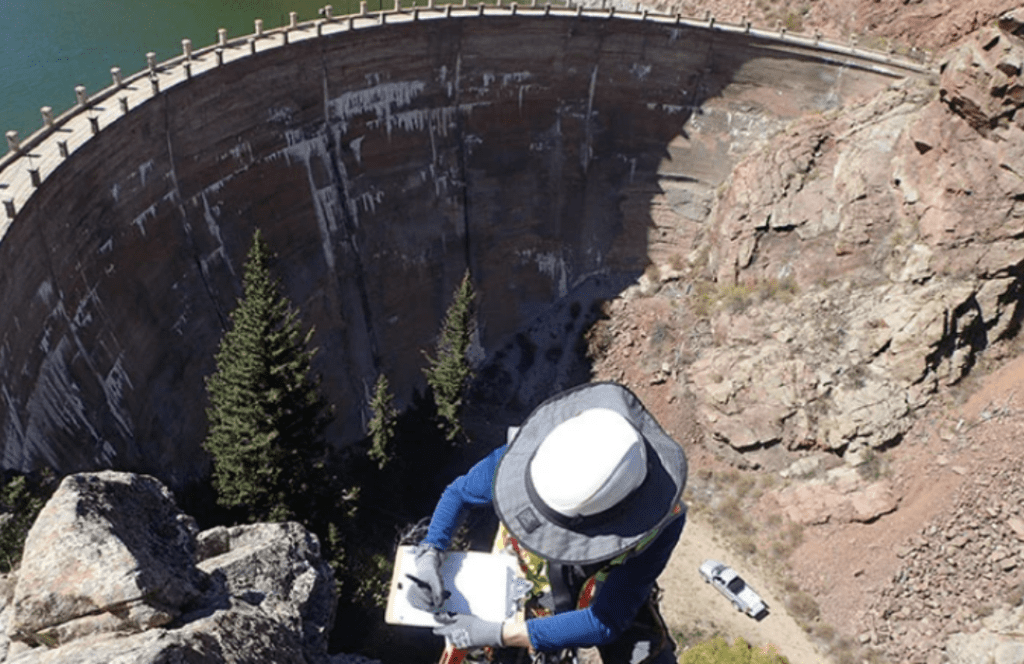
3) Environmental — improvements to:
- Add or improve safe and effective fish passage, including new or upgraded turbine technology, fish ladders, fishways, and all other associated technology, equipment, or other fish passage technology to a qualified hydroelectric facility;
- Improve the quality of water retained or released by a qualified hydroelectric facility;
- Promote downstream sediment transport processes and habitat maintenance; or
- Improve recreation access to a project’s vicinity, including roads, trails, boat ingress and egress, flows to improve recreation, and infrastructure that improves river recreation opportunity.
Status:
- $553.6 million available in incentives
- A single qualified hydroelectric facility may only receive one incentive payment from this program within a single fiscal year, and that payment shall not exceed $5 million.
- Payment shall not exceed 30% of the costs of the applicable capital improvement.
- Draft application guidance was released on February 8, 2023, by the U.S. Department of Energy’s Grid Deployment Office (GDO) for public comment to inform the implementation. Responses were due on February 28, 2023.
- The National Hydropower Association (NHA) commented that DOE should read the language in the law as examples, not limiting parameters, and to provide further information when the final guidance is released.
- Letters of intent, which are required to be eligible to file a full application, are due by June 22, 2023, by 5:00 p.m. ET.
- Full applications will be accepted starting June 23, 2023, through October 6, 2023, at 5:00 p.m. ET.
- The Grid Deployment Office’s updated application guidance now states that projects should be started and completed within three years after projects are selected for an incentive payment.
